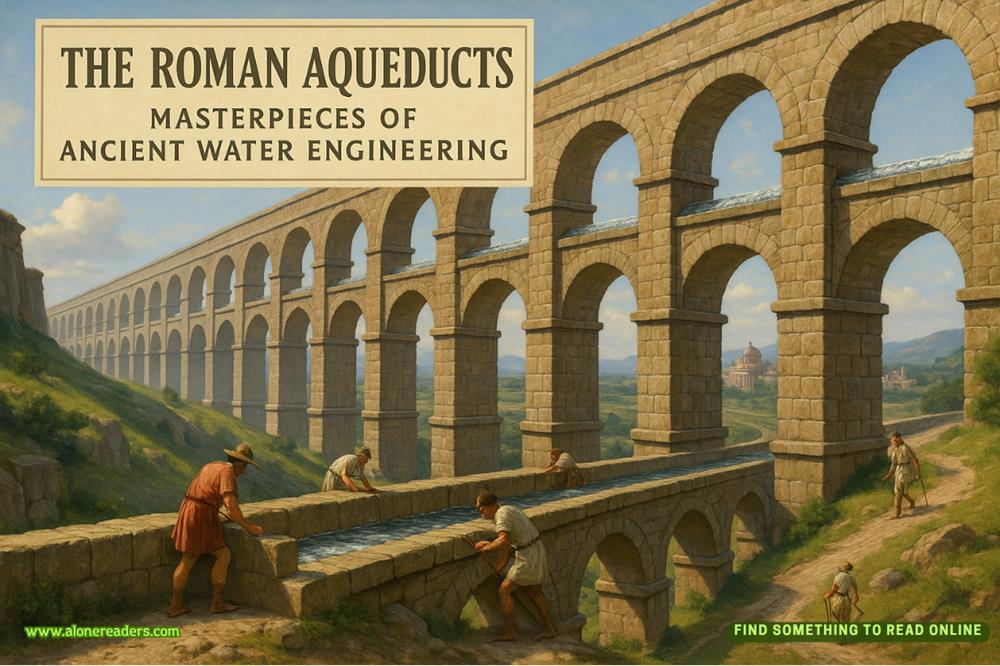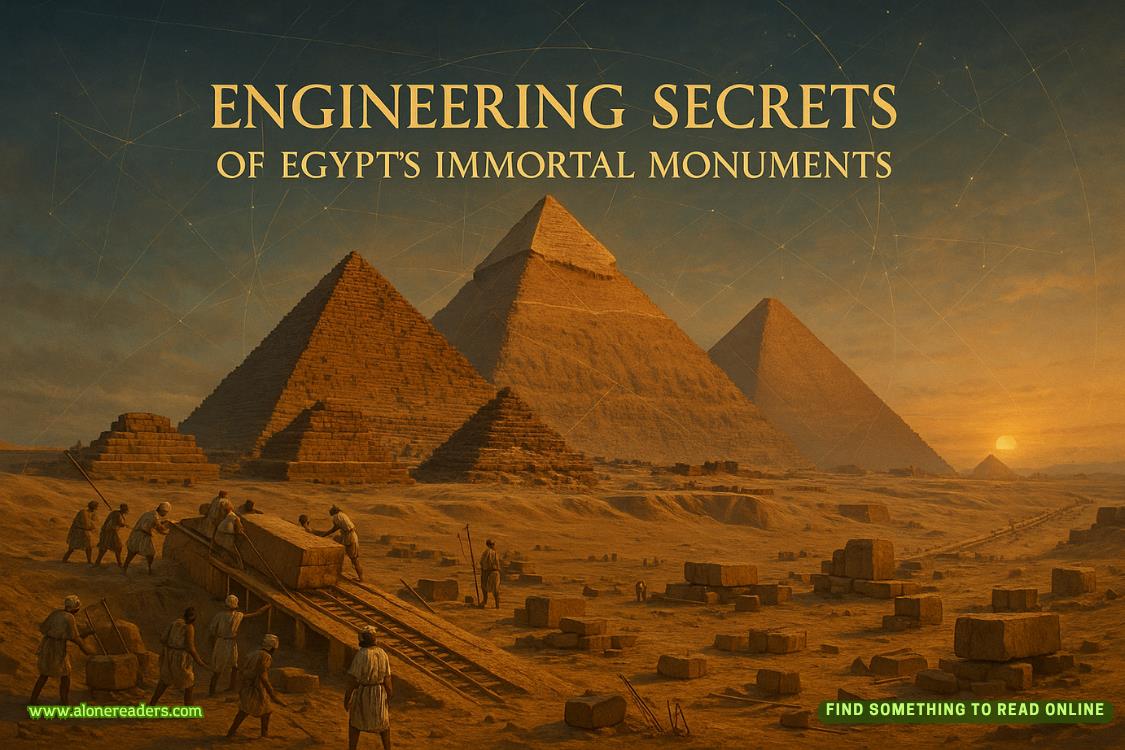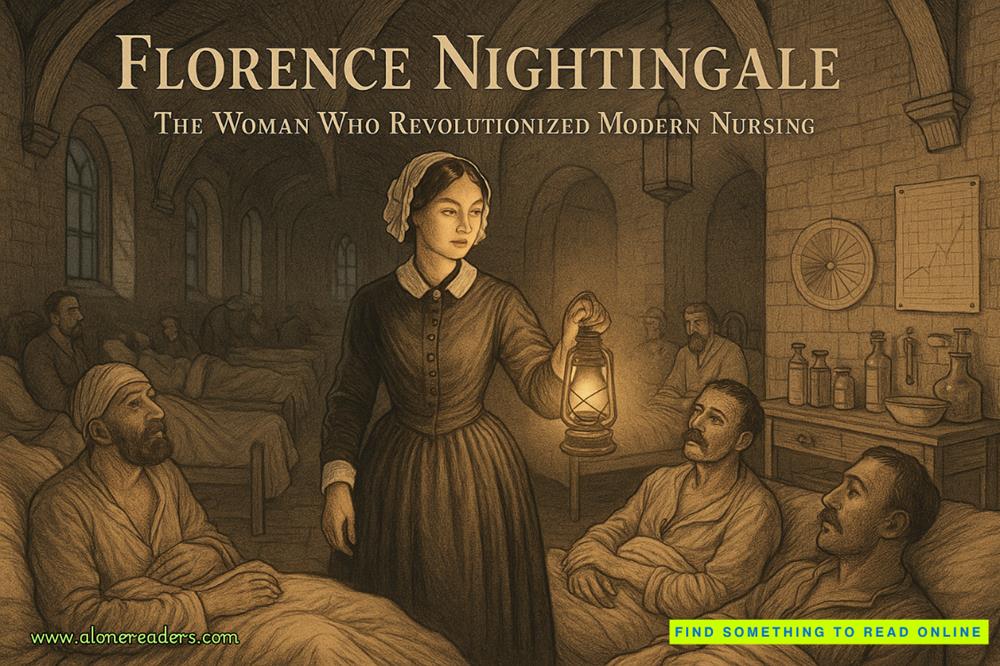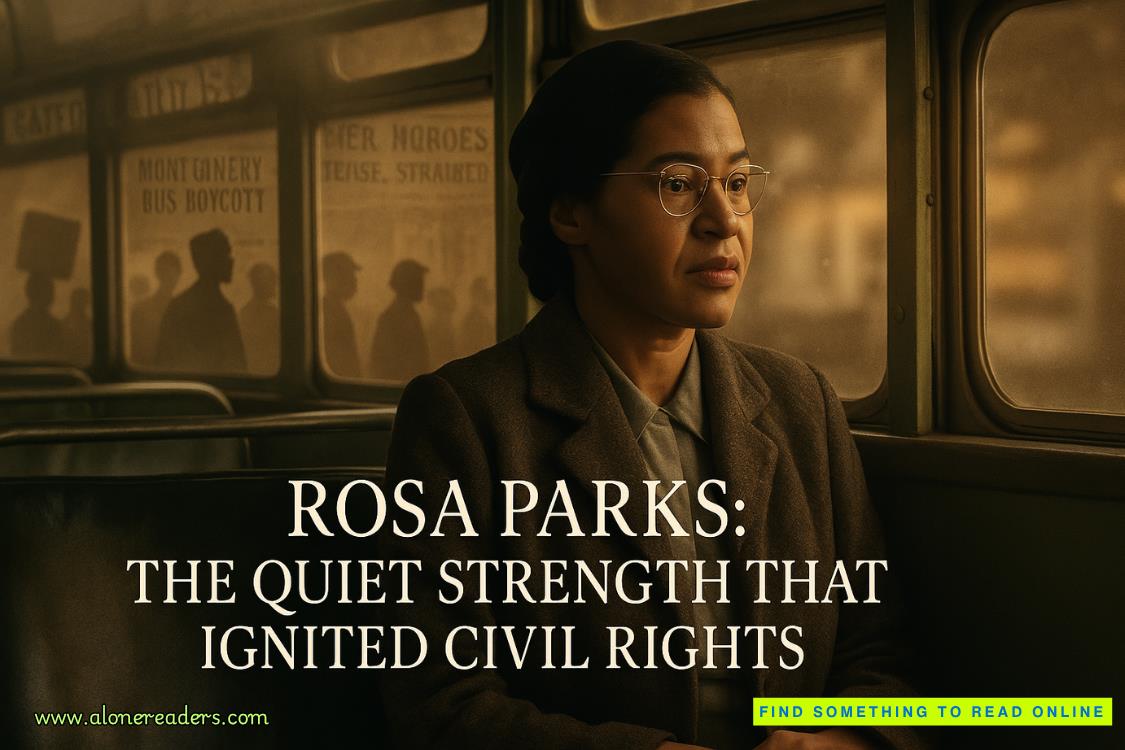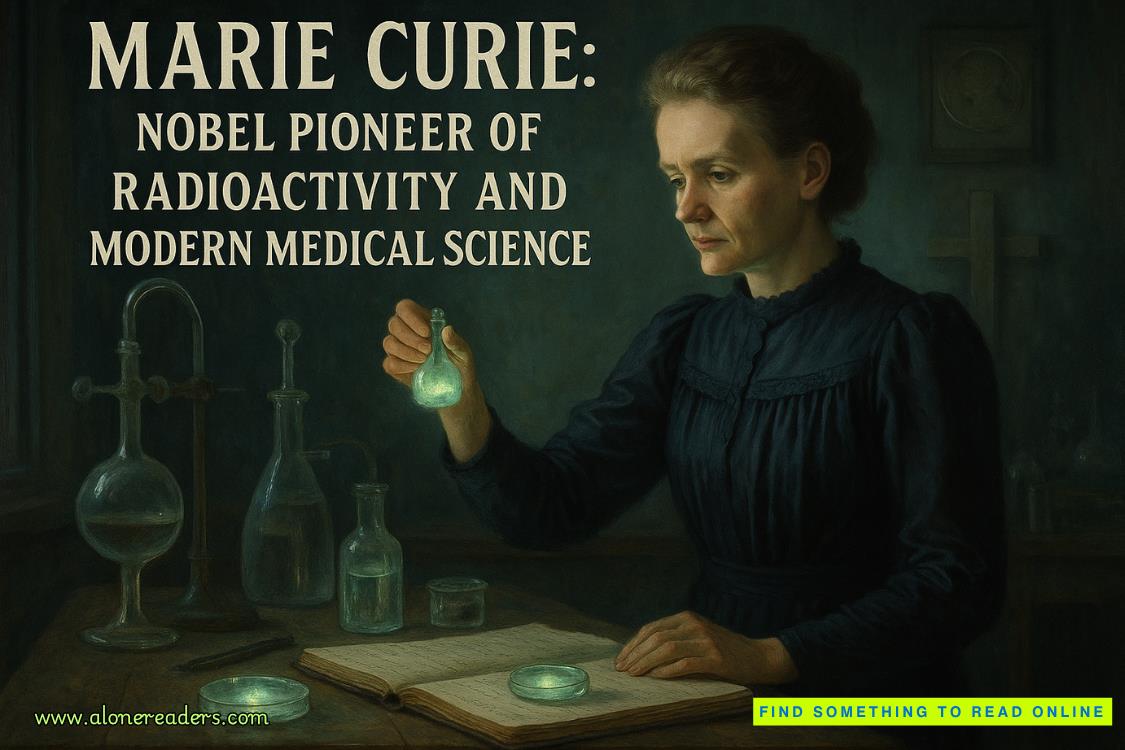Page 25 of The Echo Wife
When I finished talking, Seyed’s eyes fell to the cooler in my hand. I hadn’t set it down since we walked into the room. He stared at it, chewing his lip. I hadn’t told him yet what was inside, but I could see that he knew.
There was one correct path he could take. There was one direction for him to go, only one, that was safe. Now that he knew everything, the risk involved if he decided to step wrong was much too high to be borne. I didn’t know what I would do if he said anything outside of the very narrow field of good answers available to him.
I suppose I would have done whatever was necessary.
He nodded once, decisive.
“We’ll need a tank,” he said, then paused, thinking. “I think 4896-T is cashed. Her CPK is elevated. Myo, too. I was going to tell you in the morning.”
Creatine phosphokinase and myoglobin, markers of muscle wasting—both of them waste products released into the blood, two of the louder swan songs of dying tissue. The compartment syndrome I’d feared had come to pass, cutting off blood flow tothe subject’s skeletal muscle, leaving those big slabs of tissue to waste. Atrophy. In a different specimen, one that would later be conditioned to muscle weakness or immobility, the subject might remain viable—but this one was supposed to come out of the tank active, ready to run. Ready to fight. She had to be able to demonstrate mobility. There was a choice to be made about what would happen to the specimen.
Even in the face of the bad news about 4896-T, I was awash with relief, because Seyed had given me the right answer. He was demonstrating that he still knew what was important and what wasn’t.
The only thing that mattered was how we were going to move forward.
“Autopsy 4896-T and process the paperwork. Classify her as a standard growth-rate failure,” I said. I looked to the dim rows of tanks, mentally scanning the backups we’d seeded when we created 4896-T. There were at least three fail-safes in the lab, static tissue groups waiting to compensate for the kind of unpredictable failure that 4896-T represented. “Activate 4896-V. I think that one will be close enough that we can play catch-up with it. Moderate the nutrient load this time, give the tissues a little less to work with.”
Seyed was already tearing open the plastic wrapping on a folded lab coat. When he’d first arrived in my lab, he’d thought he would be wearing them all the time; now, he only wore them when he was working tableside, so I could afford for him to use a fresh one each time he needed the protection. The coat was spotless-white now, but by the end of the evening, it would need to go into the biohazard bin for disposal.
He pulled the lab coat on, started doing up buttons. The pocket bulged where he’d shoved his ski mask away. He paused on a button, looked up at me. “Do you want me to sterilize the tank first, or start the autopsy first?”
“Autopsy,” I said. “I’ll prep the tank.” His brow furrowed for a second—I hadn’t bothered with tank preparation in well overa year. I almost always left that kind of task to Seyed, trusting him to be as thorough as I would. Usually, our roles would have been reversed—Seyed dealing with the tank while I took care of the autopsy, ensuring that I had direct access to the data that would prevent repetitions of failure.
Then his brow cleared as he understood: the autopsy, this time, was a formality. We already knew what had gone wrong with 4896-T, and she was being discarded without any attempt at solving the issue. The tank preparation, on the other hand—that was too important to screw up. We only had one opportunity to make a new Nathan, to do it the right way, and I needed to know that it would go off without a hitch.
By making Seyed do the autopsy, I was sending him a message, and he had interpreted it flawlessly, just as he always did.
The message was this: I could move on from what he’d done. He had my forgiveness.
But he no longer had my trust.
CHAPTER
FOURTEEN
On the day I first saw Martine, Nathan told me he had to work late. I waited up for him at home, sitting at the dining-room table to avoid echoing my mother’s couch-bound vigils. I sat there for hours, long after the wooden dining chair had numbed my thighs. I drank tea and read restaurant reviews, trying to find the most scathing ones to keep my anger alive. I didn’t want to calm down, didn’t want to lose my will to eviscerate Nathan the instant he walked through the door.
If I’m honest, I was a little excited. It was the first fight in a while where I was certain that I had the upper hand.
But he came home, and he dropped his jacket across the back of a chair, and the look on his face was so resigned that it took all the heat out of me.
“So,” he said, “Martine tells me you came to the house today.”
“I did,” I said. “I met her this morning, but I’ve known for some time now.”
I wanted him to try to defend himself. I wanted him to get angry, to blame me, to dig up all the old insults he had been slinging at me for years. I wanted him to tell me what was wrong with me so I could counter with this, his betrayal, an inescapable missile in my arsenal.
But he didn’t even give me that. He just picked his jacket back up and smiled at me, a smile that wasn’t bitter or triumphant or even regretful. It was the worst kind of smile I could possibly have imagined, and it hurt beyond any cruel words he could have mustered.
It waspolite.
“I’ll send a service to pack my things next week.” He grabbed an apple from the bowl on the counter. “I won’t need anything of mine before then. I’ve got what I need at home.”
I was stunned into silence by this, until I realized that by “home,” he meant the house he shared with Martine. By the time I found my words again, he had already walked out the door, loudly biting into the apple as he went.
A week later, he sent the service, as promised. I asked the head of the crew for a business card and, just a few months later, on the same day I received Nathan’s notice of intent to file, I called the service again to set up my own move.
It was as easy as that. Nathan didn’t fight. He didn’t cry. He never even tried to stay. It was a matter of boxes and paperwork, and then it was finished.
